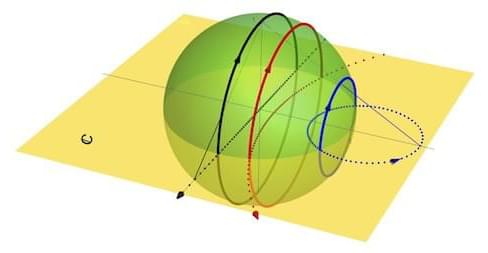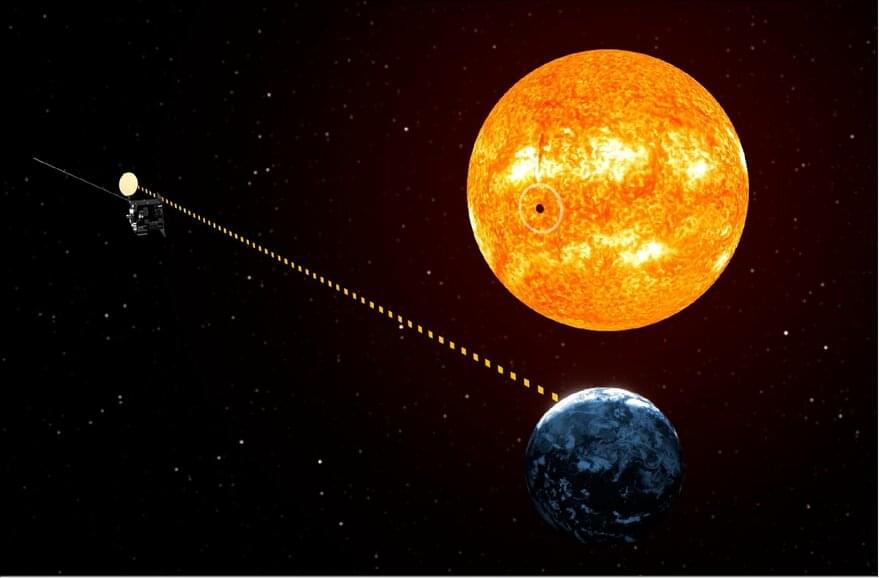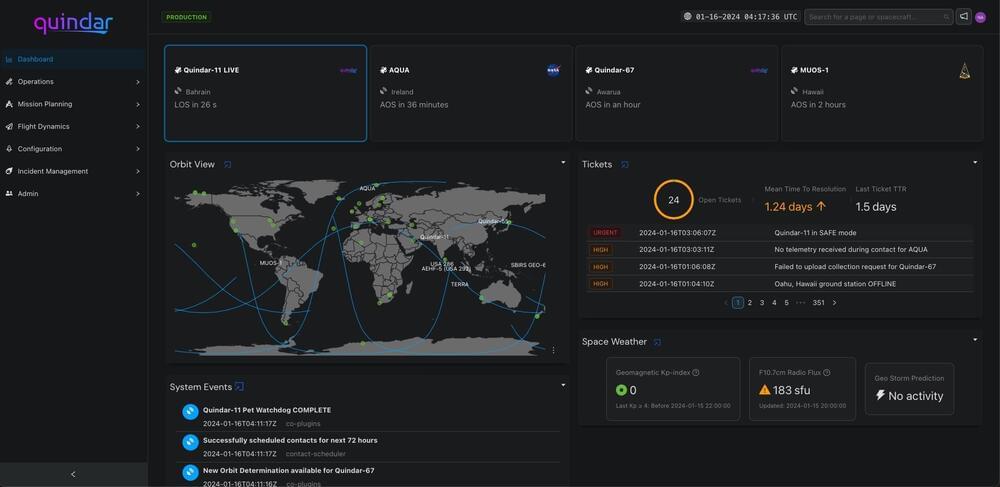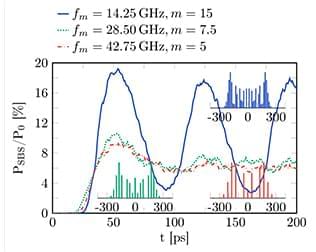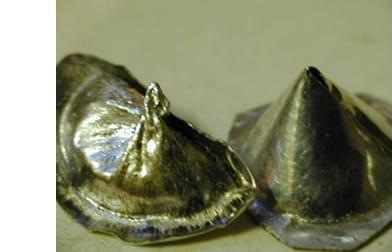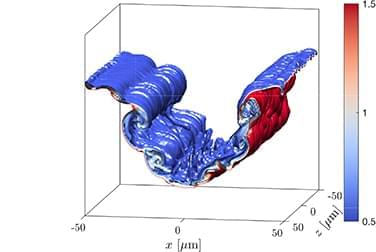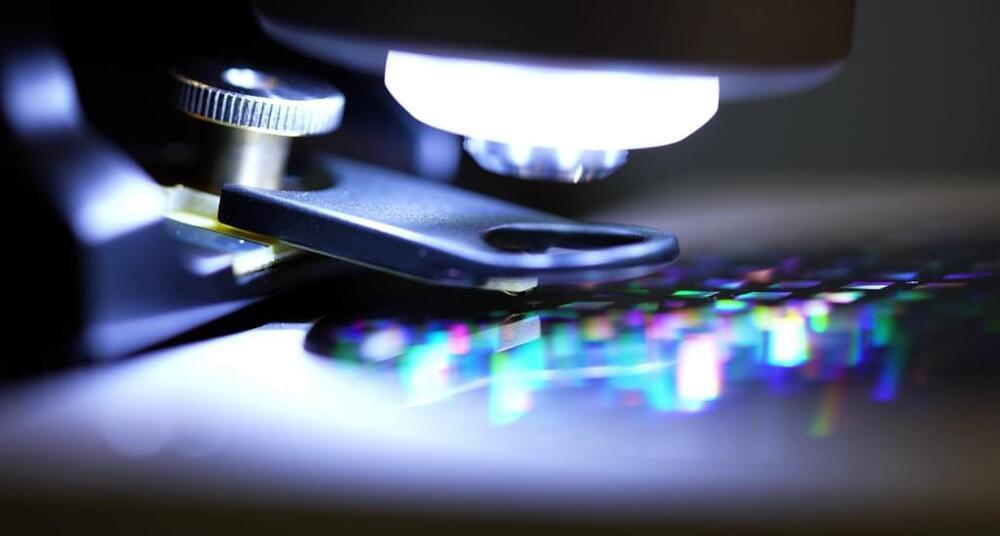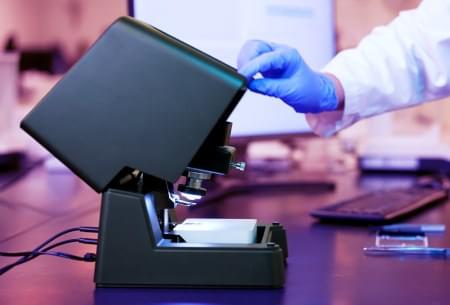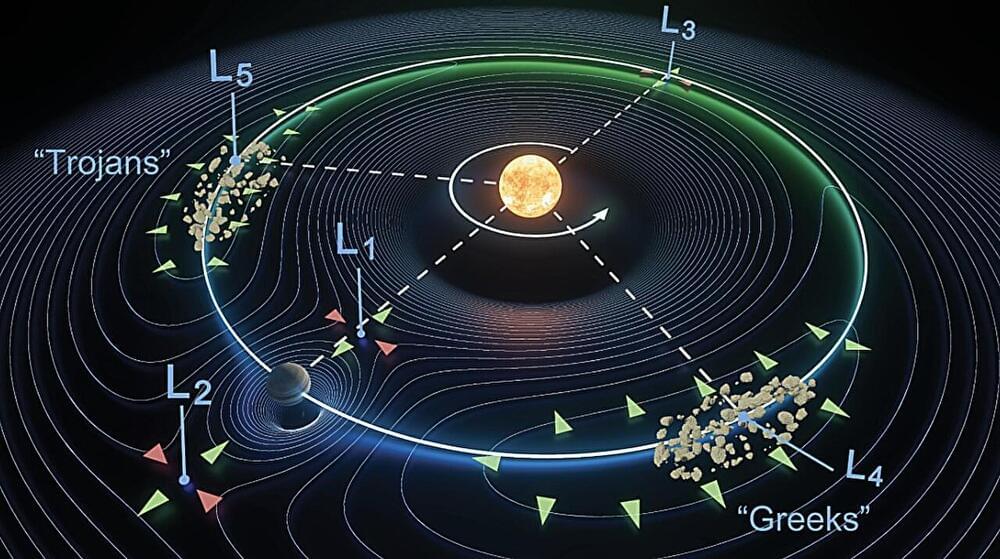Jan 31, 2024
Quasi-integrable Arrays: The Family Grows
Posted by Saúl Morales Rodriguéz in categories: information science, mathematics
A new approach to solving arrays of two-dimensional differential equations may allow researchers to go beyond the one-dimensional oscillator paradigm.
A frictionless pendulum and a pendulum clock behave alike, but they belong to different worlds: Hamiltonian systems and dissipative systems, respectively. In the Hamiltonian world, completely integrable—that is, solvable—systems serve as a mathematical basis for dealing with more general cases that aren’t integrable. An analogous strategy doesn’t work for nonlinear non-Hamiltonian dissipative systems, however. In that case, the best researchers can achieve is partial integrability. Until recently, it was thought that an array of globally coupled oscillators could be partially integrable only if each oscillator has only one degree of freedom. Now Rok Cestnik and Erik Martens, both at Lund University in Sweden, report on a quasi-integrable system consisting of N two-dimensional oscillators described by ordinary differential equations (ODEs) [1].
